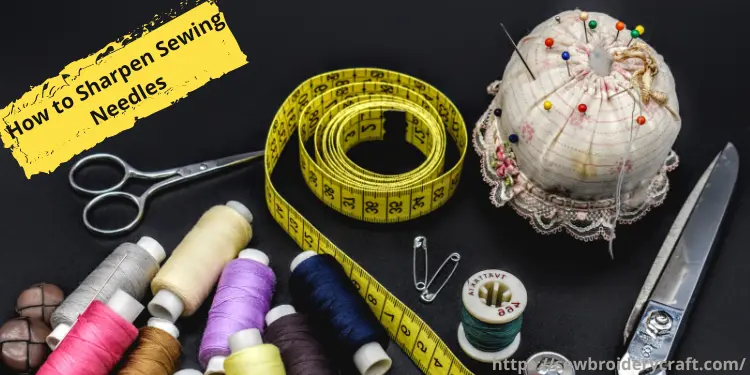
Sewing needles are a crucial piece of equipment for any sewer, but they can quickly lose their sharpness. A sewer cannot achieve his/her goal when the needles are not sharpened enough so they used to sharpen needles and pins first. It is easy to sharpen the needle. The two most common varieties of needles are straight and curved needles. Compared to curved needles, which have sharper points, straight needles are easier to grasp along needle sharpener.
Can the needles on a sewing machine be sharpened?
If you have heard that you shouldn’t sharpen your machine sewing needles, then don’t worry most people have heard it. The reason why they think is that sewing needles shouldn’t be so pointy that they can cut the fabric. When threading through the fabric, it merely needs to be able to push it aside.
The sewing machine needles are made of metal. These needles can easily be smoothed. The methods listed above are simple to apply and accessible in any home. As a result, it’s not difficult to find supplies like an emery board, oil, sandpaper, soap, etc.
Don’t try to sharpen a needle that has already bent. Any attempt to straighten and then sharpen a bent needle would be ineffective and a waste of time. Some sewing machines could be picky and refuse to use that kind of needle.
If you are a sewer and want to know how to sharpen a blunt needle, keep reading this article to know about different methods because You may save money in the long run by learning how to sharpen a sewing needle and using the right sewing needle sharpener for your project.
10 Easy Ways To Sharpen Sewing Needles
Method 1: Emery Board
The majority of us have one of these sewing needle sharpener in the medicine cabinet in the bathroom. For this function, a finer grit is far superior to a coarser grit, since it will produce a smoother, more honed metal surface at the needle’s point, which is greatly desired.

Emery board an emery needle sharpener has a very fine grit, rubbing needle over rough part of emery board will leave a smooth and sharpened needle, the entire metal surface of the needle will be exceedingly smooth, which is highly desirable for fixing any form of a dull needle.. The entire metal surface of the needle should be exceedingly smooth when finished.
Method 2: Sandpaper
How to sharpen hand sewing needle in the absence of an emery board, sandpaper can also be used. Scratching the needle with sandpaper of about 800 grits will produce the desired outcome. Any undesirable finish or rust on the tip will be eliminated. Use sandpaper with higher grit crystals for thicker needles.
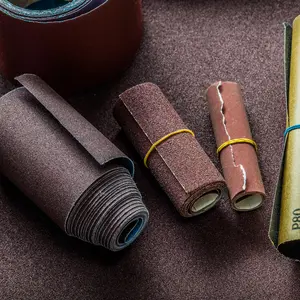
Method 3: Oiling
how to sharpen a syringe needle with hair coconut oil? It becomes silky by dipping the needles in cooking oil. Use foil paper to remove any extra oil from the needle’s surface as well. Additionally, coconut oil like needle sharpening pad is a popular home cure for sharpening needles among tailors. Simply cover the needle’s tip with oil and rub some foil paper with it. Once you’ve repeated that a few times, simply clean the needle with a fresh cloth.

The stitches must be clear and the end of stitches should be strong for sewing to provide the desired results. Having access to smooth and sharp needles is a need. Additionally, these needles need to be maintained. Even if one has the means to occasionally purchase new needles, maintaining and mastering the art of sharpening a sewing needle takes skill.
Method 4: Candle Wax
The needle’s eye should be moved back and forth over the candle’s top flame, heating the needle’s tip until it turns red. After allowing it cool, rub a rock or brick/ sew whetstone three times on each side of the needle, taking care not to dull the point by rubbing it against your work surface or anything else. Try your newly sharpened needle on some paper or fabric to see how it performs.

Method 5: Steel wool cushion
Some metals’ surfaces or sew whetstone can be buffed with steel wool quite frequently. steel wool pin cushion should easily smooth out the needle because needles are made of metal. Simply push and draw the needle a few times to make it sharper; you don’t need to store it in the steel wool.
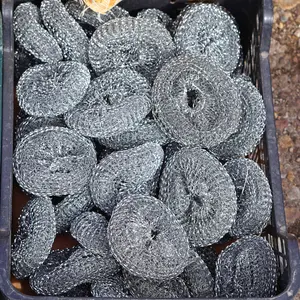
Method 6: Pin Cushion Needle Sharpener
Another method that you can use to sharpen your needles is to do it using a strawberry or pincushion needle sharpener. No, not the fruit, use the strawberry cushion with emery sand. pin cushion filling materiall can be used to sharpen your sewing machine needle if you don’t have an emery board.
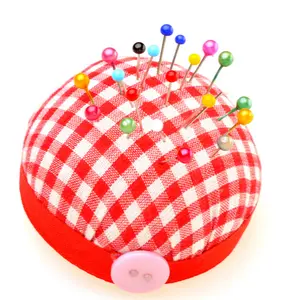
Put the emery pincushion on a level surface to keep it steady. After inserting the blunt needle into the cushion, flip it over several times. Check the needle’s sharpness after removing it.
Method 7: Soap
If you are still having some problem in methods used to sharpen needles and pins, I have another the simplest sewing needle sharpener method for you. So, you just need to rub your needle over a soap bar. We would suggest you rub or poke the needle point into the bar of soap more often just before sewing it will keep giving your fabric a smooth surface while you work. The fabric is not harmed by the soap.
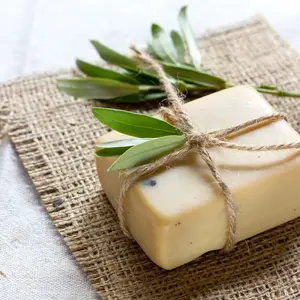
Method 8: Sharpening Wheel
You can sharpen your dull needle using a sharpening wheel if you have one. Simply rock the blunt needle back and forth against the side of the wheel until the point is razor-sharp. While employing this procedure will take a little longer than using a sharpener or sandpaper, it will be worthwhile.
Method 9: Nail Filer
How to sharpen a sewing needle? You might be able to find a nail filer at home. An emery board is included with every standard filer. Just rub the needle’s tip over the filer and there you have smooth and sharp needle for your work. Make sure the needle is soft all over.
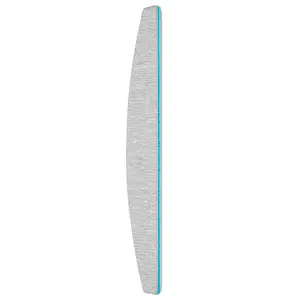
Method 10: Macaron Magnetic Needle Sharpener
This is most likely the simplest method to sharpen your needles if you have a needle sharpener. All you need to do is put the needle into the emery needle sharpener and spin it a few times. You will get a fine, sharp tip very quickly, which will make sewing much simpler.
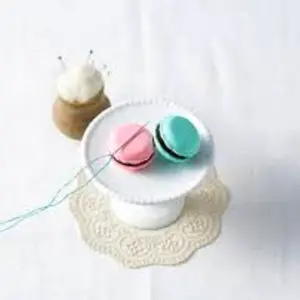
When to sharpen your sewing needles?
There are so many hints for you to know that your needles have become blunt. You just need to focus on that and how to sharpen sewing needles. Dull needles are the primary cause of broken threads. Replace your needle with a sharp one if you discover that it breaks your thread during stitching.
A dull needle can produce crooked stitches and seriously harm the fabric. Additionally, a blunt needle may leave holes in the fabric. The holes will be misplaced by a dull needle, appearing in undesirable locations on the fabric.
The fabric will often pucker because of a dull needle. Sewing machine needles should be sharpened or, if necessary, replaced with new ones to prevent puckering. So whenever, you notice these problems with your sewing needles just sharpen up your needles and you are good to go.
Frequently Asked Questions
Final Words
Sewing needle needs to be sharpened occasionally and they are always good to go again. You don’t need to just throw away a blunt needle, you just need to sharpen needle with any of the methods we have discussed in this article. If you are a professional sewer or a person who sews a lot, then this article will help you avoid spending a lot of money on constantly sharpening needles and getting full insight on how to sharpen sewing needles .
It is very easy to sharpen sewing needles at home, you just need some tools that you can find at your home. So, we would suggest that you should sharpen your needles at home rather than purchase it again and again. Hope this article will help you. So, Good Luck and Happy Sewing.

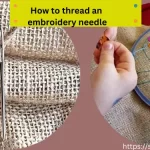
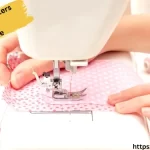
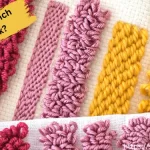
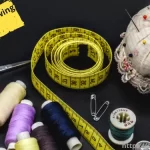
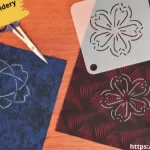
Leave a Reply